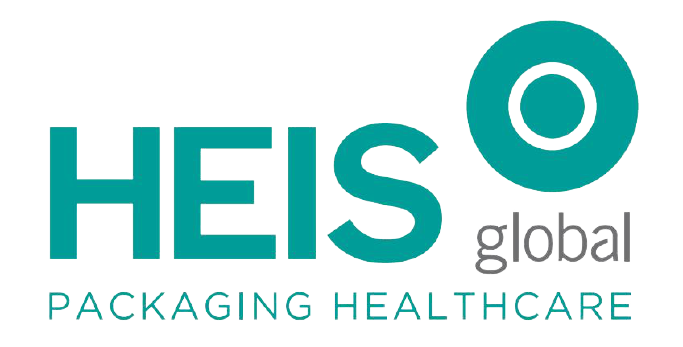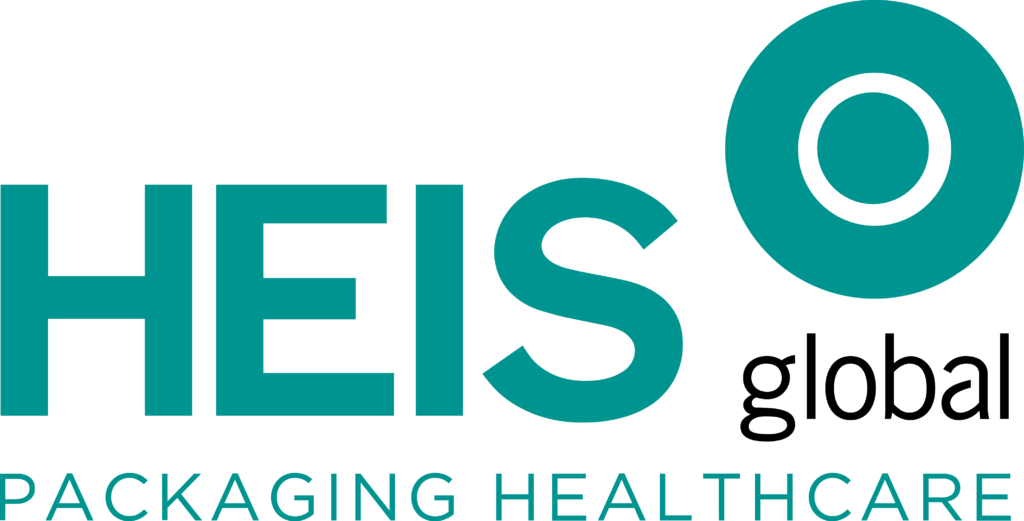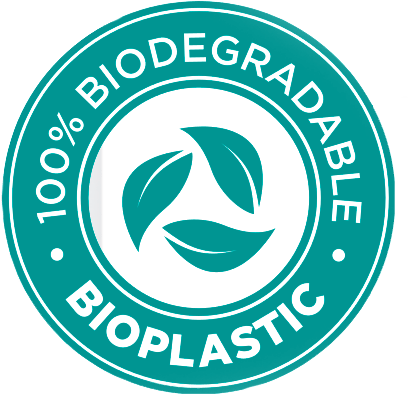
Embracing Sustainability in Pharmaceuticals
In recent years, there has been a growing emphasis on sustainability across various industries, including pharmaceuticals. As the world grapples with environmental challenges, stakeholders in the pharmaceutical sector are increasingly turning towards eco-friendly solutions in packaging. Among these alternatives, Polylactic Acid (PLA) emerges as a promising material offering both biodegradability and versatility, thus revolutionizing pharmaceutical packaging practices.
Biodegradability and Versatility of PLA
PLA, a bioplastic derived from renewable resources such as corn starch or sugarcane, presents a compelling case for sustainable packaging in the pharmaceutical industry. Its biodegradability ensures minimal environmental impact, particularly compared to conventional petroleum-based plastics which contribute significantly to pollution and landfill waste. Moreover, PLA exhibits favorable mechanical properties, including strength and durability, making it suitable for safeguarding pharmaceutical products while reducing reliance on non-renewable resources.
Biocompatibility and Quality Assurance
One of the key advantages of PLA pharmaceutical packaging lies in its biocompatibility, ensuring compatibility with a wide range of pharmaceutical formulations. This characteristic is particularly crucial in the healthcare sector, where the integrity and safety of medicinal products are paramount. Unlike certain plastics that may leach harmful chemicals into medications, PLA maintains the purity of pharmaceuticals, thus upholding stringent quality standards and ensuring patient well-being.
Customization and Branding Opportunities
Furthermore, PLA offers versatility in design and manufacturing, allowing for the creation of customized packaging solutions tailored to specific pharmaceutical products. Its moldability enables the production of intricate shapes and structures, facilitating efficient packaging of diverse medication forms, including tablets, capsules, vials, and syringes. This adaptability not only enhances product protection and shelf life but also promotes branding and differentiation, enabling pharmaceutical companies to convey their commitment to sustainability to consumers.
Reducing Carbon Footprint: Lifecycle Analysis
In addition to its environmental and functional benefits, PLA pharmaceutical packaging contributes to the reduction of carbon footprint throughout its lifecycle. From production to disposal, PLA emits fewer greenhouse gases compared to conventional plastics, thereby mitigating climate change impacts associated with packaging materials. Moreover, advancements in PLA manufacturing processes, such as utilizing renewable energy sources and improving production efficiency, further enhance its eco-friendly credentials, aligning with global efforts towards carbon neutrality.
Market Trends and Consumer Demand
The adoption of PLA pharmaceutical packaging signifies a paradigm shift towards greener practices in the pharmaceutical supply chain. Manufacturers, driven by both regulatory pressures and consumer demand for sustainable solutions, are increasingly integrating PLA into their packaging strategies. This trend is particularly pronounced in regions with stringent environmental regulations and proactive sustainability initiatives, where stakeholders are incentivized to embrace eco-friendly alternatives.
Challenges and Considerations
Despite the numerous benefits of PLA pharmaceutical packaging, certain challenges and considerations remain. One such consideration is the cost factor, as PLA may entail higher production costs compared to conventional plastics due to factors such as raw material prices and manufacturing processes. However, as economies of scale are achieved and technological advancements continue, the cost differential is expected to diminish, making PLA more economically viable in the long term.
Waste Management and End-of-Life Considerations
Additionally, while PLA is biodegradable under certain conditions, its disposal still warrants careful management to ensure optimal environmental outcomes. Proper waste management infrastructure, including composting facilities and recycling programs, is essential to maximize the environmental benefits of PLA packaging and prevent it from ending up in landfills or oceans. Collaborative efforts among stakeholders, including policymakers, manufacturers, and consumers, are necessary to establish comprehensive waste management systems that facilitate the efficient recovery and recycling of PLA materials.
Conclusion: Towards a Greener Future
In conclusion, PLA pharmaceutical packaging represents a significant advancement towards sustainability in the healthcare industry. Its biodegradability, biocompatibility, versatility, and reduced carbon footprint position it as a viable alternative to conventional plastics, offering environmental benefits without compromising product integrity or performance. As pharmaceutical companies increasingly prioritize sustainability and consumers demand greener products, the adoption of PLA packaging is poised to accelerate, ushering in a new era of eco-friendly healthcare packaging solutions. Through continued innovation, collaboration, and responsible consumption, PLA pharmaceutical packaging promises to contribute to a healthier planet and a more sustainable future for generations to come.


